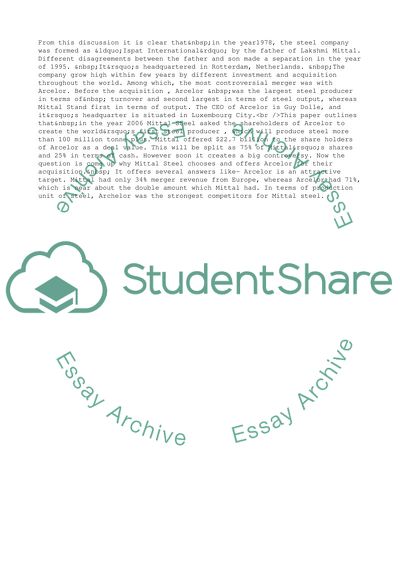Cite this document
(“Mergers and Acquisitions: Hostile Mergers Essay”, n.d.)
Mergers and Acquisitions: Hostile Mergers Essay. Retrieved from https://studentshare.org/business/1621186-mergers-and-acquisitions-hostile-mergers-case-study-arcelormittal
Mergers and Acquisitions: Hostile Mergers Essay. Retrieved from https://studentshare.org/business/1621186-mergers-and-acquisitions-hostile-mergers-case-study-arcelormittal
(Mergers and Acquisitions: Hostile Mergers Essay)
Mergers and Acquisitions: Hostile Mergers Essay. https://studentshare.org/business/1621186-mergers-and-acquisitions-hostile-mergers-case-study-arcelormittal.
Mergers and Acquisitions: Hostile Mergers Essay. https://studentshare.org/business/1621186-mergers-and-acquisitions-hostile-mergers-case-study-arcelormittal.
“Mergers and Acquisitions: Hostile Mergers Essay”, n.d. https://studentshare.org/business/1621186-mergers-and-acquisitions-hostile-mergers-case-study-arcelormittal.


